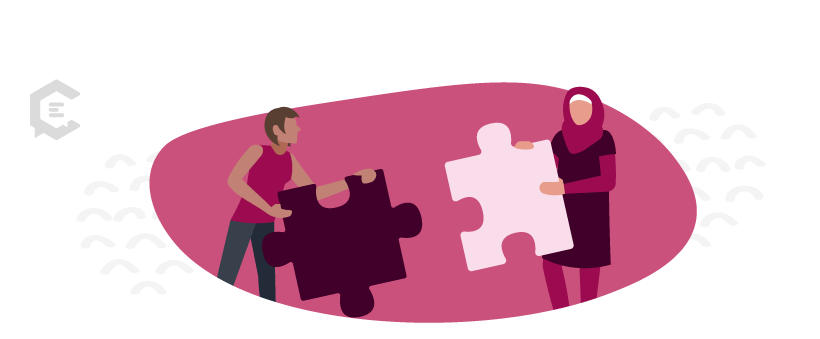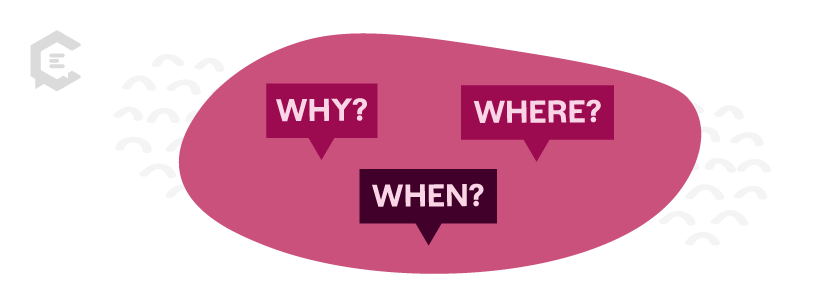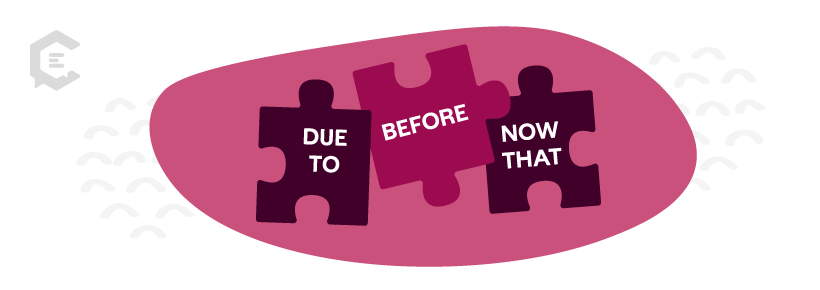Our entire society would be better off if we had all watched more ‘Schoolhouse Rock’ as children.
Putting everything from historical events to multiplication to grammar into easily digestible songs that stick in your head to this day was pure genius.
Subordinating conjunctions: A guide for writers and marketers
Perhaps one of the most well-known of ‘Schoolhouse Rock’s songs is “Conjunction Junction,” which explains those little words that are “hookin’ up words and phrases and clauses.”
This baseline definition of a conjunction’s job comes in handy when we start to explore more specific types of conjunctions, such as subordinating conjunctions.

Connecting clauses
To fully understand subordinating conjunctions, we must first understand the pieces of a sentence with which they function. A subordinating conjunction is a word or phrase that connects a dependent clause and an independent clause. This is another good way to change up your sentence structure, but what does it mean?
An independent clause is a complete idea. It contains a subject and a verb and could stand on its own as a sentence.
Example:
Her shoes got wet.
A dependent clause (also called a subordinate clause) does not form a complete idea on its own. Instead, it must be paired with an independent clause in order to make a complete sentence.
Example:
Because she jumped in a puddle.
On its own, the above example doesn’t give the reader all of the information. Tack it onto the independent clause, though, and you’ve got a complete sentence:
Her shoes got wet because she jumped in a puddle.
Why? When? Where?
Writers often use subordinating conjunctions to denote a cause-and-effect relationship between two clauses of a sentence. In the above example, the effect comes first: Her shoes got wet. Then comes the subordinating conjunction, because, which leads into the cause: She jumped in a puddle.
Because is probably the most common subordinating conjunction used to show cause and effect, but there are plenty of others. Words like therefore and since work for this purpose.
Examples:
She tripped over the curb since she wasn’t paying attention.
He never turned in his homework, therefore he failed the class.
Subordinating conjunctions can also show the relationship of time or place between the clauses that they connect by denoting when or where something happens. These subordinating conjunctions include words and phrases like when and now that.
Example:
When she arrived for the party, the house was empty.
“The house was empty” is an independent clause, so it can stand alone. But by adding the subordinate clause “when she arrived for the party,” we give the reader a lot more information about when the house was empty and why its emptiness might be relevant.
Another use for subordinating conjunctions can be to show a condition (unless, if, provided that).
Example:
You are not leaving this house unless you take out the trash.
In this case, the word unless shows the condition under which this person may leave the house.
10 subordinating conjunctions to try
Cause and effect:
- Therefore
- Since
- Hence
- As a result
- Due to
Time or place:
- Before
- After
- When
- As soon as
- Now that
Need help creating grammatically correct content for your brand? Talk to a content specialist at ClearVoice about getting started today.






